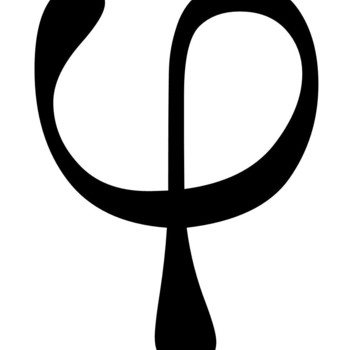Question #5f32d
2 Answers
Explanation:
We have
We can apply the quotient rule, that is,
Here,
We must find
Since
Or:
Since
Explanation:
#"differentiate using the "color(blue)"chain rule"#
#"given "y=f(g(x))" then"#
#dy/dx=f'(g(x)xxg'(x)#
#"here "y=1/sinx=(sinx)^-1#
#rArrdy/dx=-(sinx)^-2xxd/dx(sinx)#
#color(white)(rArrdy/dx)=-cosx(sinx)^-2#
#color(white)(rArrdy/dx)=-cosx/(sin^2x#
#color(white)(rArrdy/dx)=-cosx/sinx xx1/sinx#
#color(white)(rArrdy/dx)=-cotxcscx#

